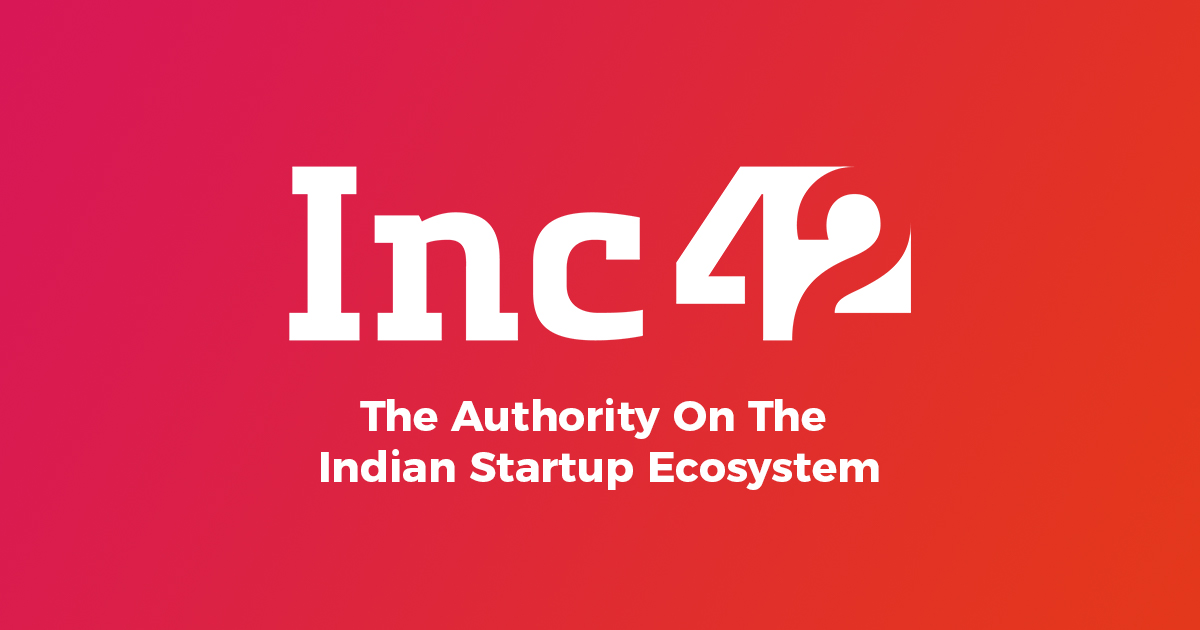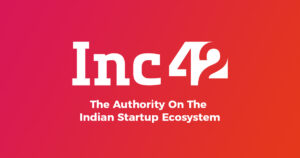While gig work has been around for a long time in India, lately it has received a tremendous boost owing to rising smartphone and internet penetration among the public, and the emergence of mobile apps such as Ola, Swiggy, Zomato and Urban Company
Besides the clear benefits that come with gig work, namely convenience, flexibility, higher unit pay, and greater efficiencies, it has also raised questions around minimum wage requirements, worker protections, and consumer rights
Swiggy, Zomato and Uber scored 1 out of 10, Ola, Housejoy, BigBasket and Amazon scored 2 out of 10 in a recent report by Fairwork Foundation that scored companies that employ gig workers in India

Image credits: PTI
Backed by startups such as Zomato, Swiggy, Ola, Dunzo and Urban Company, India’s burgeoning gig economy has the potential to provide up to 90 Mn jobs in the non-farm economy alone, generate over $250 Bn in the volume of work and contribute 1.25% to the country’s GDP in the long term. These findings are among the major ones in a new report titled, “Unlocking the Potential of the Gig Economy in India”, by Boston Consulting Group (BCG) and Michael and Susan Dell Foundation.
The report adds that while gig work, which is on-demand work delivered with little to no formal contracting, has been around for a long time in India in various sectors such as construction, hospitality, housing and consumer services, lately it has received a tremendous boost owing to rising smartphone and internet penetration among the public, and the emergence of several tech platforms including but not limited to Ola, Uber, Swiggy, Zomato, Dunzo and Urban Company that offer services through partners or contracted workers for cab-hailing, food delivery, hyperlocal delivery and other home services.
India’s Gig Workers Await Social Security Code
While there are some clear benefits that come with gig work, namely convenience, flexibility, higher unit pay, and greater efficiencies, there have been raised questions around minimum wage requirements, worker protections, and consumer rights. Over the last year, several food delivery workers and cab drivers engaged in providing services to the customers of Indian startups such as Ola and Swiggy, as well as multinational companies such as Uber, have protested against falling wages per order/ride, a reduction in incentives and the lack of a social security cover.
Their sufferings have been exacerbated by the Covid-19 lockdown last year when demand was low, and the fuel price hike last month, which increased their out-of-pocket expenditure.
The Indian government will soon implement its Code on Social Security, 2020, which for the first time has recognised gig workers as a separate class of workers, outside the category of a traditional employer-employee relationship. The Code prescribes certain benefits for gig workers, such as mandating companies employing such workers to set aside 1-2% of their annual turnover or 5% of the wages paid to gig workers, whichever is lower, to a corpus that will be used to fund a social security scheme for gig workers.
Which Sectors Will Drive Gig Economy?
The BCG report states that the four largest industry sectors – construction, manufacturing, retail, and transportation and logistics – could alone account for over 70 Mn of the potentially ‘gigable’ jobs.
Recognising the potential of gig work in generating more jobs and incomes while also satisfying the personal goals of workers who prioritise flexibility in their schedules and are looking to fund additional household expenses, the BCG report lays down four key components for unlocking the potential of India’s gig economy. These are classified as:
- Platforms – for providing the gig services to end-users and addressing industry and worker-specific prerequisites and innovations in offerings, pricing and delivery models. Examples include various companies such as Swiggy, Zomato, Ola and Uber, among others.
- Ecosystem Enablers: Providing supporting and commonly used services across platforms, including background verifications, financial services, training and skill development for gig workers or those looking to enter the gig workforce. Various blue-collar recruitment startups such as TeamLease, WorkIndia and Apna are engaged in this space.
- Digital Public Goods: Providing a set of common, secured and consent-based digital goods serving as “community-owned” systems-of-records, including worker registry, skill inventory and repository, credentialing standards and a data interoperability framework.
- Public Policy and Regulations: Governing the rules of the road for the gig economy, covering worker protection, social benefits, and standard of care. These include government policies covering occupational hazard benefits, basic workplace training requirements and apprenticeship requirements.
A December 2020 report by the Fairwork Foundation, titled, “Fairwork India Ratings 2020: Labour Standards in the Platform Economy”, ranked most companies poorly for their treatment of gig workers. While Swiggy, Zomato and Uber scored 1 out of 10, Ola, Housejoy, BigBasket and Amazon scored 2 out of 10. Grofers and Dunzo managed to score 4, Flipkart 7 and Urban Company ranked at the top with a score of 8 out of 10. According to that report, gig workers suffer the most due to the lack of minimum wages, arbitrary penalisation in the event of a customer complaint, and the lack of a grievance redressal mechanism for the gig workers for events such as when a cab driver wants to report an abusive customer.
“Even in the absence of such an ecosystem, the gig economy has continued to generate traction across multiple industry sectors. These gains have come from individual platforms and efforts replicating the information, service and data requirements needed to deliver gig offerings to a marketplace of employers and workers that continues to demand more. Such momentum is only indicative of the immense potential that the gig economy holds for India,” reads the BCG report.








